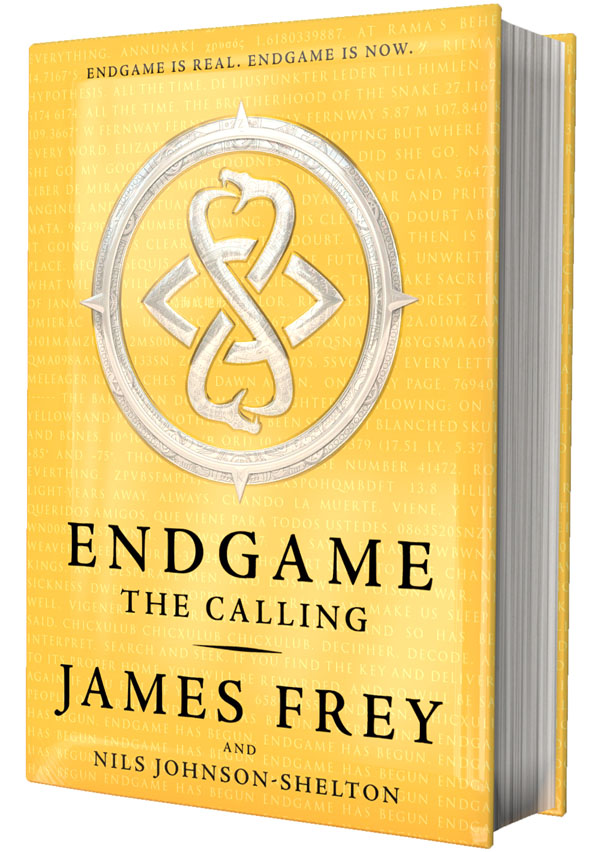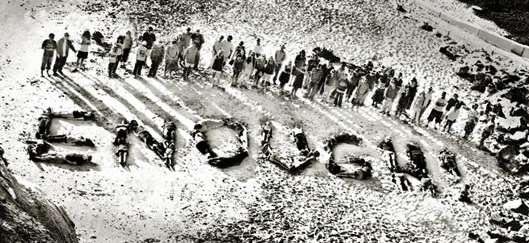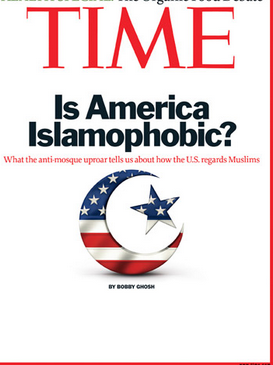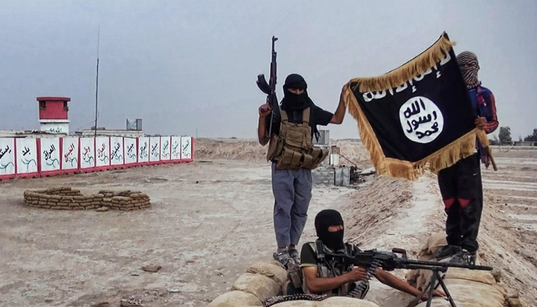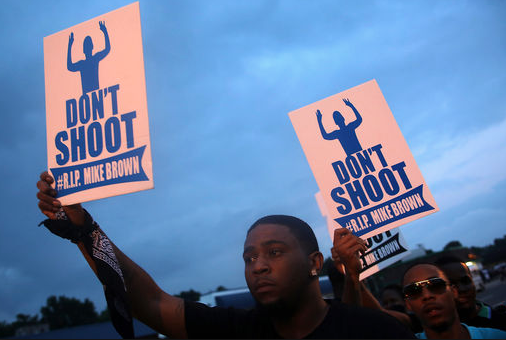By Caroline Wang
To those of you who think death by lethal injection is too easy: think again. In April 2014, Oklahoma death row prisoner Clayton Lockett suffered for forty minutes before dying of a massive heart attack. Just three months later, Arizona’s Joseph Wood took nearly two hours to die, writhing on the gurney the whole way.
Situations like these, in which death row prisoners act as guinea pigs for untested lethal injections, are becoming more and more common as states are forced to experiment with new drugs because former sources now refuse to supply the US with weapons of murder. And for good reason too—the death penalty is a remnant of barbaric times that must be abolished.
The death penalty is one of the biggest issues in modern America. It was abolished in 1972 by a ruling of the Supreme Court, but that decision was reversed by 1976; ever since then, capital punishment has existed in America. Its controversy, at the most basic level, stems from a moral issue: murderers must be punished, but at the same time, killing is wrong. However, many other arguments have been raised both in support of, and against it.
Hard-line proponents of the death penalty believe that lethal injection is too good for the murderer—in fact, they state that the greater the fear factor, the better. From their point of view, regardless of the cruelty involved, the death penalty must go on in order to deter crime and remove the criminal from society so that he can’t hurt us.
However, many studies have shown the baselessness of their arguments. The FBI’s investigation “Crime in the United States” showed that states without capital punishment consistently had lower rates of murder than the states with the death penalty. After all, the death penalty is only likely to deter those about to engage in premeditated murder. The thought of execution in some distant future is hardly likely to occur to those killing under the influence of anger or drugs.
But perhaps the worst aspect of the death penalty is that it’s arbitrary and unfair.
Not all murderers get the death penalty; whether or not an individual is sentenced to capital punishment depends on a variety of factors, including the state in which the crime occurred, local politics, and frankly, pure chance. Whether we like to admit it or not, our judicial system has made the death penalty into a lottery.
Let’s take a closer look at that first factor—the state in which the crime occurred. Statistically, since the US Supreme Court reinstated the death penalty in 1976, 82% of executions have occurred in the South and 37% in Texas alone (the Northeast accounts for only 1% of executions). While it’s possible the South is just a hotbed of crime compared to the North, that seems rather unlikely. It’s far more likely that Southern courts have become a little trigger-happy with capital punishment.
In light of the previous statement, the fact that the death penalty is racially biased becomes unsurprising. Prosecutors seek the death penalty far more often when the victim is white than when they are black. Over 77% of death row convicts have been executed for killing white victims, even though blacks make up about 50% of the homicide victims. And in a more direct set of statistics, in California, blacks represent about 36% of the inmates even though they’re only 6% of the state’s population.
To top it off, dozens of criminals that are obviously mentally ill have received the capital punishment—unfair to say the least. The capital punishment is supposed to be reserved for those who have committed crimes so great that they are judged irredeemable. In my opinion at least, those who have mental illnesses should be put in institutions to be treated, not killed.
The death penalty is ineffective, unjust, and an inefficient use of our resources. Due to the many legal procedures and ‘hoops’ that must be jumped through in order to get a murderer the death penalty, literally hundreds of thousands of dollars must be spent (no exaggeration). Even after they are convicted, there’s a long period between conviction and execution—25 years on average in California—during which there is a very high chance that the murderer will have his sentence commuted.
141 prisoners have been pardoned from the death sentence. Should we really be wasting so many of our tax dollars? If capital punishment is abolished, the money can be diverted to a variety of better uses—such as improving our school systems.
One of the biggest arguments of the pro-death penalty group is that capital punishment is about showing respect for the victims by ensuring the murderer gets what he deserves.
I admit that this is a valid point; I believe that it is important for victims to get justice. But does the existence of the death penalty give them that? The answer is no.
Even ignoring the moral flaws in this retributist argument, there are a variety of practical ones. Due to the obvious irreversibility of the procedure judiciaries are very hesitant to use the death penalty—as they should be. But this means that thousands of murderers aren’t getting the punishment they deserve, not to mention the innocents that have probably been victim to capital punishment.
It is a well known fact of human psychology that the punishment which is swift and sure is most effective. The death penalty is neither swift, nor sure. As mentioned above, the period between conviction and execution can be decades, and only a few murderers actually end up receiving capital punishment. The muzzling of the death penalty has cheapened it in the eyes of criminals. If punishments are to deter crime, the punishment itself must be respected. However, the solution isn’t to use capital punishment more frequently. The long period between conviction and execution is necessary in order to ensure that new evidence doesn’t come up, not to mention the billions of tax dollars we would waste.
I advocate that murderers be given life imprisonment without parole. Skeptics claim that by making the punishment for rape (life imprisonment) and murder the same, rapists would be encouraged to murder their victims to keep them silent. This issue is easily solved: make a life imprisonment system with several levels of ‘severity’, from simply being held for life, to being held in solitary confinement, to being given factory work. There are already a few ‘factory-prison’ concepts being tossed around in America. The hesitation judges have in giving the death sentence too, would be eliminated, and more murderers would be punished as they deserve, because life imprisonment can be reversed at any time.
The death penalty is like Marxism. There’s a simple, poetic justice to both of them—the murderer being murdered, all people given the same amount in life—and the biggest problem with both is homo sapiens. Humans are flawed and what works in theory frequently doesn’t work in practice.
Don’t cling to old, barbaric methods that don’t even work. The death penalty must be abolished, if only to make way for a new punishment system that actually does.


